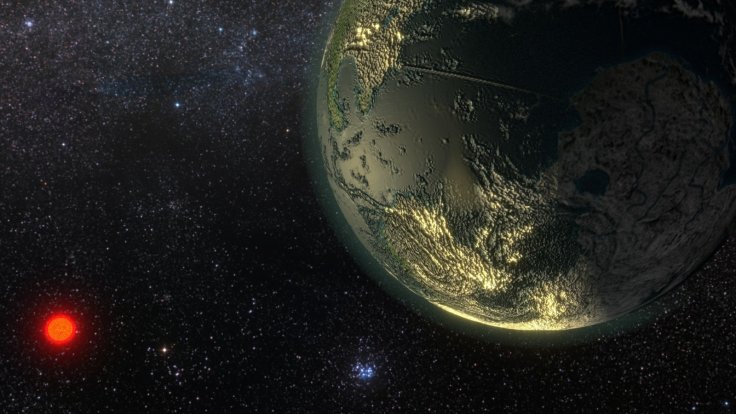
Scientists have discovered a giant planet which has the size of Jupiter that currently orbits around a very small red dwarf star. Scientists have named this star GJ 3512b and the new discovery is considered very crucial. This is because the spotting of such a giant planet near a small star could compel scientists to rethink on how planets form and sustain in particular orbit.
During the study, researchers made use of astronomical observatories in Spain and California and looked deep into the red dwarf star named GJ 3512. It should be noted that this red dwarf is 31 light-years away from the earth and it has one eighth the sun's mass.
The research report published in the journal Science reveals that red dwarfs are the most common types of stars found in the universe and it comprises more than 70 per cent of those in the cosmos.
"The statistics of exoplanets found till now seem to indicate that low-mass stars typically host small planets like Earth or mini-Neptunes. The most accepted model of planet formation, the core accretion model, also points towards this direction," Juan Carlos Morales, an astrophysicist at the Institute of Space Sciences in Barcelona, Spain told Space.com adding that "But here, we demonstrate the contrary — that is, we have found a gas giant planet orbiting a very low-mass star."
Researchers also added that they have found the evidence of another massive planet that may have once orbited GJ 3512. As per researchers, the elongated, oval-shaped orbit of GJ3512b suggests that it once got in a gravitational tug-of-war with another huge planet that subsequently got slung out of the system, thus adding a rogue space body in the interstellar space.
The research team is now apparently planning to learn more about this red dwarf system and they hope that more planets could be discovered orbiting this tiny star.









